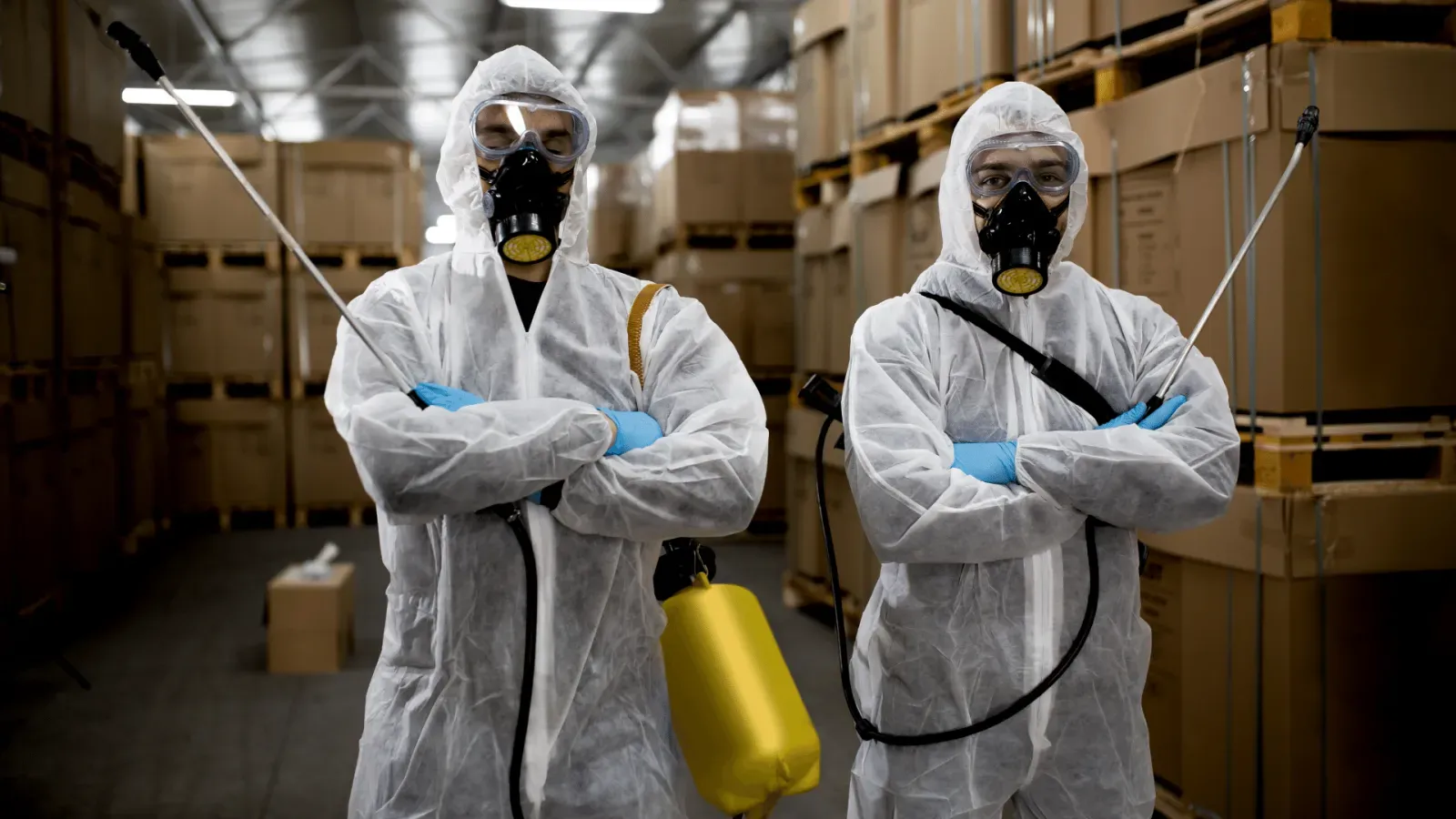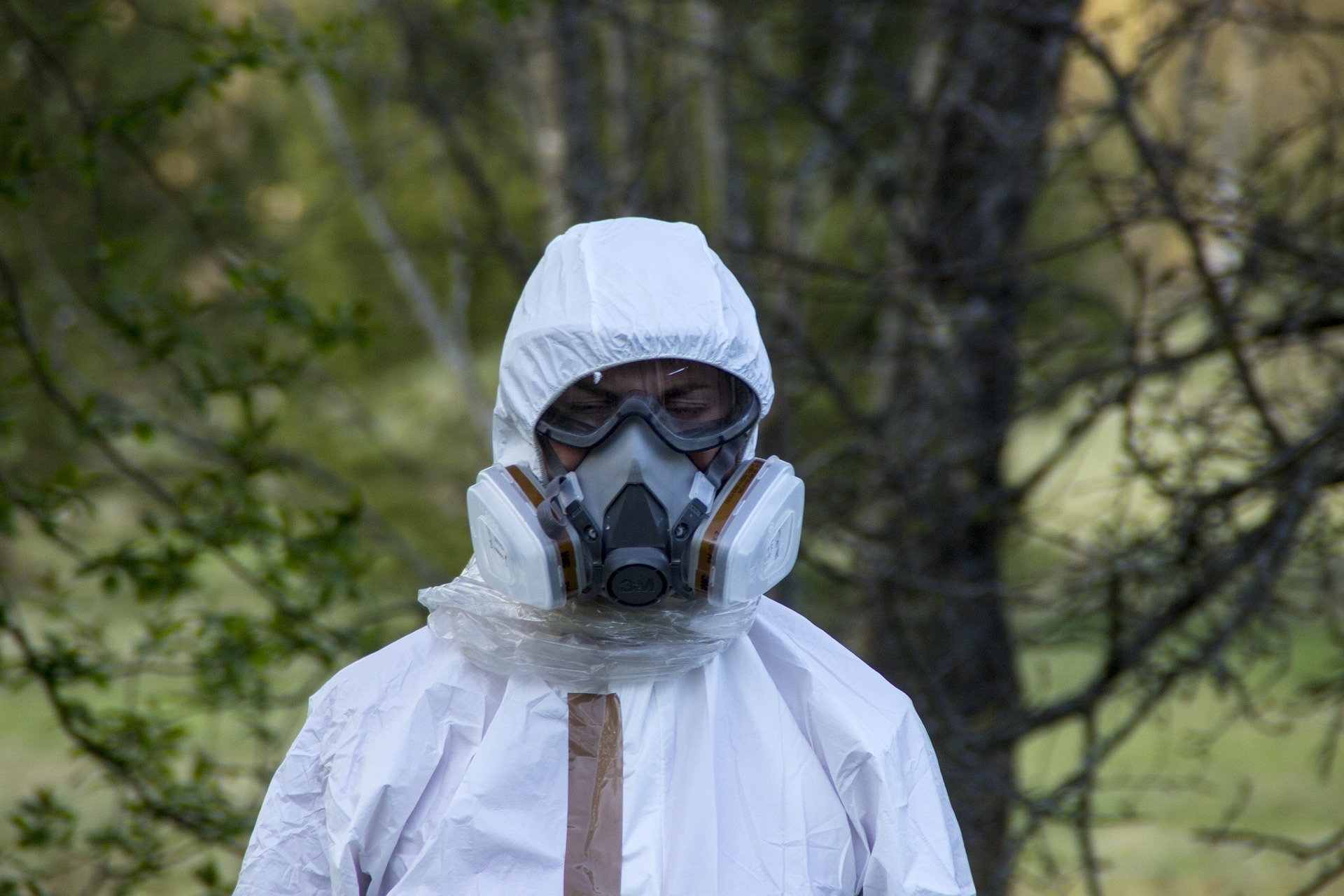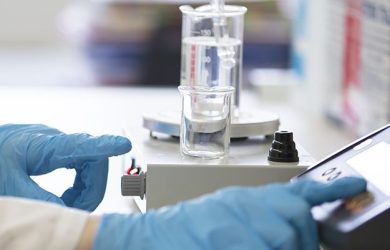Blog
.png)

Why Indoor Air Quality Investigations is a Necessity in These Times?
It is crucial to look for contaminants as they may profoundly impact the overall health of the occupants. So, it becomes your responsibility to make sure that the interiors are free from any pollutants.
Read more

Few Important Tips to Help You Select Environmental Consulting Services!
If you are looking for a trusted environmental consulting firm, their experience andresources make them a good choice.Please feel free to reach out incaseyouneedanyhelpwithanyprojectofyours.
Read more

What is the Real Purpose of Environmental Testing and Consulting?
If you are looking for an environmental consultant in Omaha, the hiring process is more straightforward than it is made out to be. All you need to have is a good understanding of the actual process and requirements.
Read more

How to Hire Professionals for Asbestos Testing Services in Omaha?
Connect with us at AMI Environmental when it comes to asbestos inspection and testing services. As a full-service environmental consulting and remediation firm, we are here to address your core issues.
Read more

5 Reasons to Test for Asbestos
The term asbestos is a major material known to cause cancer in humans and can be extremely hazardous to a person’s health. There are many reasons why residential asbestos testing in Omaha is important for your home, office, or any other structure. Even if there is no asbestos cu
Read more

What to Expect During Asbestos Inspection
Being exposed to asbestos increases your risk of several health hazards and should be eliminated as soon as possible. You need to consult asbestos inspection services in Omaha to help you identify the presence of asbestos in your building. The purpose of doing this is to ensure the sa
Read more

Using Humidity to Reduce Infection Rates
There is further evidence to show that building science—or more specifically, how we manage it—can have a major effect on infection rates. Dr. Stephanie Taylor and her team conducted a study of 370 patients to try to identify the major cause(s) of infection. They looked at the usual s
Read more

4 Benefits of Choosing Environmental Health and Safety Solutions for Hospitals
Hospitals are a vital part of our society. They provide necessary medical care for people who are sick or injured. To ensure that hospitals can continue to provide this critical service, they must have a safe and healthy environment. Environmental health and safety solutions can help
Read more
Top Services You Can Expect From Environmental Solution Provider
If you are looking for an environmental solution provider, you have come to the right place. An environmental solutions company offers a wide range of services that will help you get your business up and running in no time. These experts understand that every business is different, so
Read more
